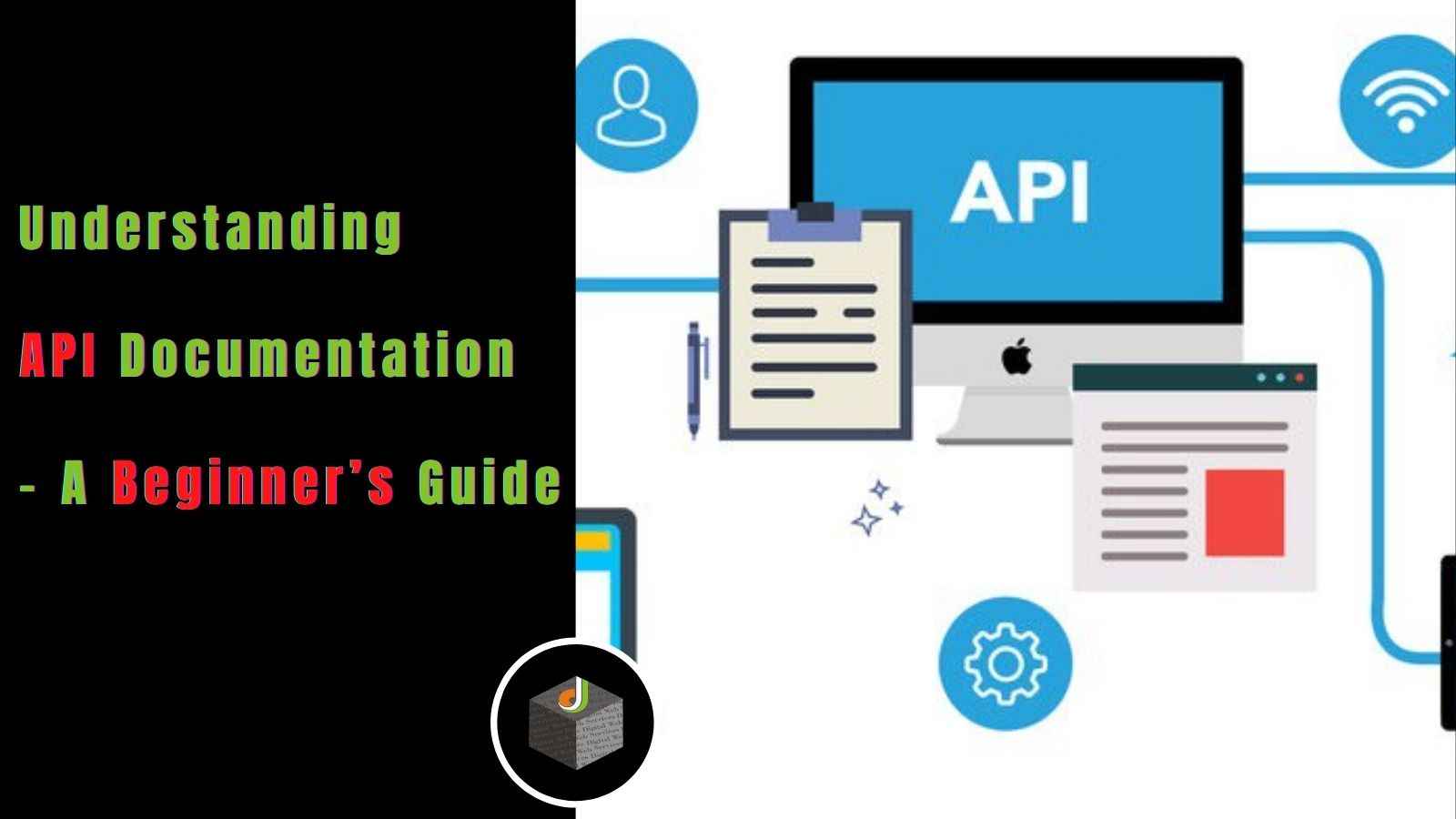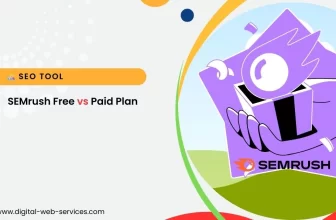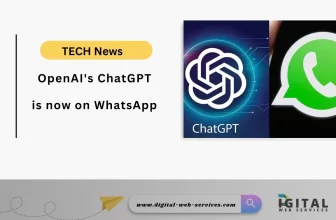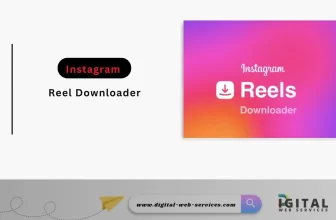
If you’re new to the world of application programming interfaces or APIs, you may be surprised how often the term “API documentation” comes up. In fact, few API companies in the industry today market their product without mentioning how their documentation is done. To many who are choosing between software products like APIs, which by their very design are intangible, great API documentation seals the deal. The API’s user should be able to see how it ticks—and how easy it is to maintain, upgrade, and integrate with other software systems. With that knowledge assured to them, they’ll be happy onboarding the product and speaking highly about it to others.
To learn more about the purpose of API documentation, read this simple beginner’s guide. Below are five of the most commonly asked questions about API docs. This should be of great help to rookie developers or technical writers of an API company, as well as future consumers of the product. Seasoned developers may also use this as reference when writing an API documentation guide for newbies.
What Exactly Is API Documentation?
The simplest way to describe API documentation is this: it’s a user manual of sorts that comes with an API product. It teaches stakeholders in the API’s acquisition—like third-party developers or chief technology officers of client companies—what the API does and how it works.
To emphasize the importance of API documentation, let’s compare it to the user manual of a kitchen appliance you’re using for the first time. This manual would inform you about how to use it to prepare various types of food and how to keep it in good condition. If the manual didn’t seem very complete or very clear in its instructions, would it affect your impression of the product? The rationale is exactly the same for an API and its corresponding documentation.
What Is API Documentation Meant to Do?
Let’s further explore the point made above. What is the API’s documentation meant to do? What purpose should it serve the technical team that’s keeping the documentation, and what value should it add to the consumers?
For those in charge of keeping API documentation, their docs should do the following:
- List down the various ways that the API should be used
- Stay true to a certain format for describing the API
- Help them account for all of the API’s resources
- Track the different versions the API has been through
- Track the updates that have been made to the API throughout various stages of development
Consumers who receive the API documentation, on the other hand, should it use it for the following:
- Getting to know the product
- Finding instructions on how to use it and integrate it with their existing software ecosystem
- Finding the best use cases and applications for the API
- Learning how to leverage the API to increase their business value
What Should API Documentation Contain?
The exact content of the API documentation really varies according to the company, the type of API, and the intended application. But most great pieces of API documentation contain the following elements:
- An overview of the product and the business goals it’s meant to achieve
- Information on updates and versioning
- An authentication section that details how to keep the API and its data secure
- A list of the API’s resources, including its endpoints, its parameters, and its schemas
- A list of error messages that users may encounter when using the API, what these messages mean, and how to fix their problem
- In-depth discussions of use cases and relevant examples
- Additional tutorials
The goal is to compile API docs that have an “everything-there-in-the-manual” kind of feel and that inspire confidence in the users. If you’re in charge of writing documentation, you can follow this strategy for the sections—it’ll make your docs look professional and complete.
What Format Does API Documentation Come In?
Before documentation became such an important part of the API development process, many API companies were happy to keep static docs. That meant that API docs were compiled in word processors or using simple markup languages like HTML. That style of compiling API docs is still commonplace, as some companies like the “clean and simple” approach to documenting their APIs. But other companies now favor more interactive methods of API documentation, like using hosted toolsets. Aside from keeping all the necessary info about the API, these toolsets allow users to play around more with the docs. That includes testing the API code in the toolset’s editor and modifying the code “recipes” for themselves.
There are pros and cons for both the static and the interactive formats of API documentation. It often just depends on what the developers prefer.
How Do You Compile API Documentation?
Many rookie developers wonder how they should go about documenting their APIs. In truth, much of the documentation work can be done alongside actual coding, and it gets easier over time. But the following quick tips have proved timeless for developers of all levels:
- Settle on a platform for compiling the docs, whether it’s the static kind or interactive kind. Once you’ve aligned with your platform for API documentation, a lot of the work will be cut out for you.
- Stay consistent to a particular style of documenting the API, for example in terms of the programming language you use. If you don’t already have a style guide for documenting your APIs, you may want to start making one now.
- See which part of the documentation process you can automate, for example generating headers or sample requests. This will save you a lot of time and help keep the content of your API documentation accurate and up to date.
- Always make sure that your documentation is updated whenever something in your API design changes. Obsolete or inaccurate API documentation serves no one, and your readers deserve API documentation that they can rely on for every moment they’re using it.
Conclusion: On What Distinguishes Great API Documentation
Now that you know the value and purpose of API documentation, it may be time to read or write some docs on your own. Remember that excellent API documentation clarifies what the API is meant to be used for, and how exactly to use it. It also helps a lot for the documentation to be well-written, easy to understand, and easy to navigate between sections.
If you’re reading API docs, this is what you should expect out of them. And if you’re writing API docs, this is what you should aspire for.
Digital Web Services (DWS) is a leading IT company specializing in Software Development, Web Application Development, Website Designing, and Digital Marketing. Here are providing all kinds of services and solutions for the digital transformation of any business and website.










